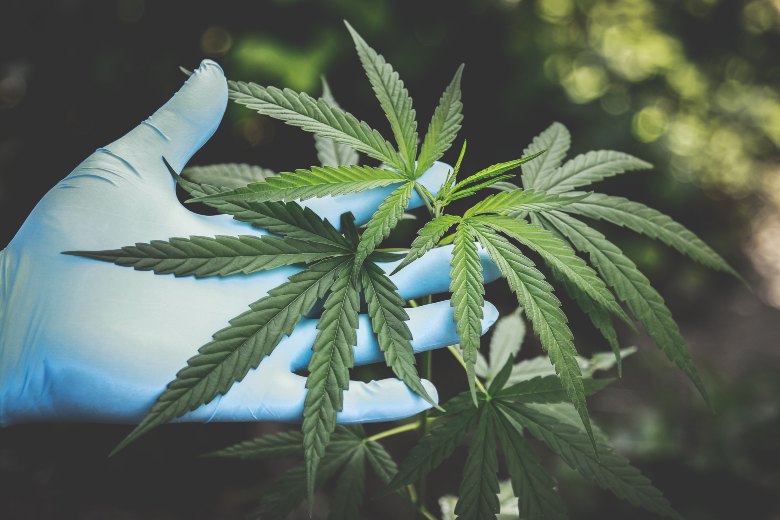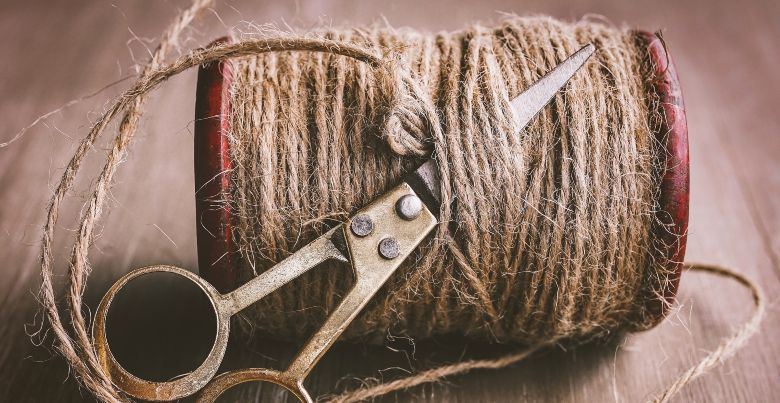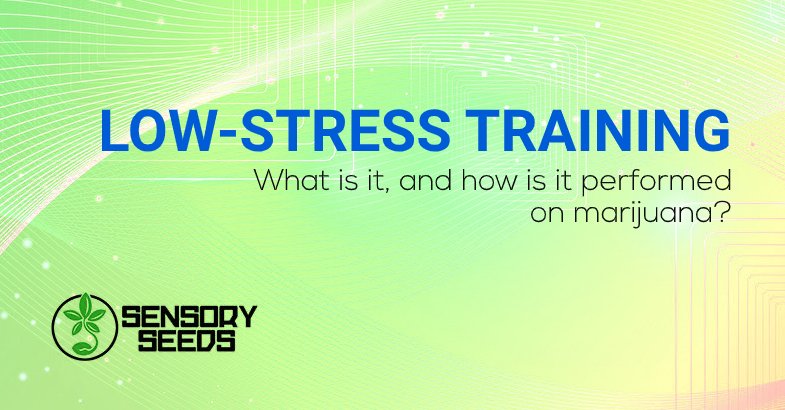Modified on: 10/02/2021
When we talk about “Low-stress development”, we refer to specific techniques used for the growth and development of a plant.
The cultivation of plants is a human need that manifests itself in different forms and for various reasons. Here, in the Sensory Seeds blog, we always remind you that growing cannabis seeds in the UK is illegal, but there are places in the world where it is possible.
The first factor to consider when growing marijuana seeds is undoubtedly the soil and its composition. The next step, however, is to find out about the growth process and the techniques that can be used to ensure that the plant produces its best flowers.
One of these techniques is the so-called low-stress training that we will talk about here.
The LST (Low-Stress Training) technique applied to cannabis.


Handling the plant born from the weed seeds in such a way as to “stress” it to a low level means cultivating it by bending and consistently binding the branches. All this while monitoring the small changes that occur in daily life.
It is a cultivation technique that optimises the development of the plant, produces better yields and allows a different contact with the plant itself. It can also be a fun process while being feasible and straightforward even for novice growers.
The basic idea behind LST is to gently tie the branches and stem of the cannabis plant, bending everything attached. In this way, the crown (canopy) is gradually flattened, and the possibility of uniform height growth is created. This way, the top will only be one part with smaller branches.
Cannabis tends to grow through the main stem in the shape of a “Christmas tree” with a thick top at the apex: this tendency is called apical dominance.
When grown by low-stress training, the dynamics of apical dominance are broken, and the better light distribution allows the production of more buds of similar size.
Read also: The 3 best Indica cannabis seeds
Tools and methods for practising low-stress training.


A firm hand and patience are the first tools to be appropriated when it comes to “cultivating”, especially when one decides to apply specific techniques for the well-being of the plant (whether they come from fast flowering or feminized seeds, it makes no difference).
The strings or threads for tying the stem and branches should not be too thin as they could cut (injure) the plant. Furthermore, the knots should not be too tight: a particular delicacy should be used when handling everything.
Finally, it could be beneficial to use containers or vases with perforations on the edges to pass the rope used at each change of height and length.
Difference between LST and High-Stress Training (HST)
Whether the garden is large or small, indoors or outdoors, cultivating the plants with care will significantly increase the quality of their growth, and will also give a certain sense of satisfaction.
There are many cultivation techniques; those in the LST category do not cause direct damage to the plant. In contrast, those in the High-Stress category involve the breaking or removal of individual parts, thus having a more significant impact on the overall process (High Stress).
Topping, filming, super-cultivation… these are HST methods much more useful for extensive outdoor gardens. Some of these techniques could be practised even at the beginning of flowering. It should be stressed that it is not recommended to stress the plants during this period.
Read also: Bonsai Marijuana: Yes, it really exists, and now you can grow one!
Low-stress training and its benefits
The advantages of this method are well known to growers, who obtain the best results at harvest time. But not only that!
Since the main objective of this technique is to keep the development of the plants under control, even the smallest spaces can become the ideal place for their cultivation thanks to lateral growth.
By correctly performing low-stress development, indoor growers will obtain healthy seedlings, even if they are a different size than average.
Creativity can also be boosted by rotating the branches to obtain bushy shapes that become more productive. As stress is minimal, the natural conditions for development are recovered within a few days.
Autoflowering and LST
In online grow shops, such as SensorySeeds, you can find auto flower seeds (as well as dwarf auto-flowering seed varieties, feminized seeds, etc.). The LST technique can also be applied to these types of plants.
Within the UK, as mentioned above, it is not legal to grow cannabis, and the intended use of cannabis seeds is purely for collectors. In some countries such as Spain, home cultivation is tolerated, and it is possible to grow the plants.
Suppose the legislation allows it, therefore, once the seed has been planted. In that case, it is possible to decide whether to operate with the LST method, and it is necessary to determine what to do quickly.
Since dwarf autof-lowering plants grow very fast, it is not possible to apply HST methods, as the plant would have no means or time to recover.
Visit our shop, on our pages you will find weed seeds BSF, a top-quality brand recognized all over the world.









